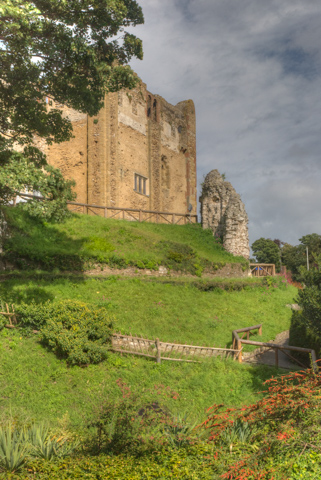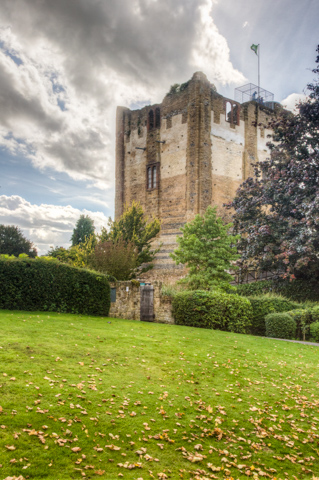

In the early 15th century, it was the residence of Cardinal Henry Beaufort, who presided at the trial of Joan of Arc in 1414. It is for this reason that St Joan of Arc's Church in Farnham is dedicated to her.
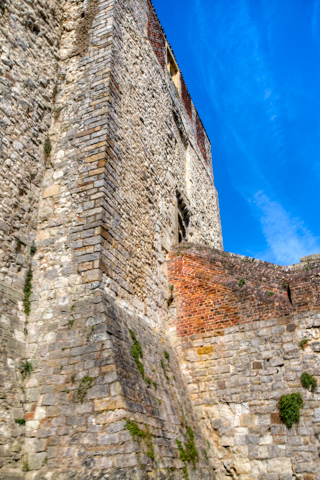

The builders of the Shell Keep considered its defense carefully. Evidence of a deep drawbridge pit, portcullis, meurtire (murder-hole) and arrow slits remain. Of the Keep's towers, only the gatehouse still retains its original height. In the 1520s, Bishop Fox increased the gatehouse height with another level in Tudor brickwork.
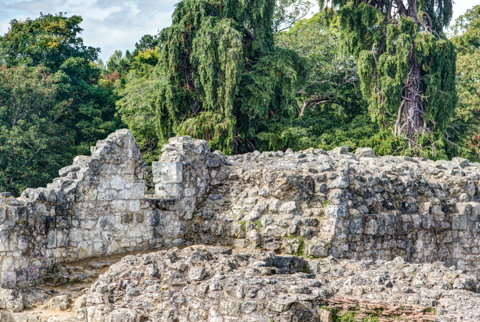

The large moat was formed around the massive foundations of a Norman tower and then totally enclosed by a shell-keep, with buttress turrets and a shallow gatehouse. The formidable outer bailey curtain wall has square flanking towers, a 13th-century gatehouse and a large ditch.
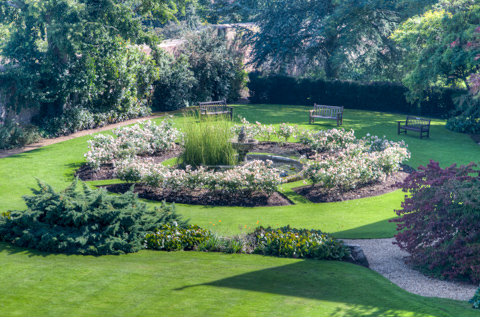
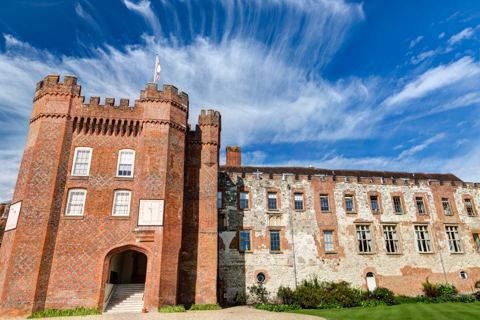

In the Second World War, the castle was the location of the Camouflage Development and Training Center. Here, artists were trained in the arts of military camouflage.
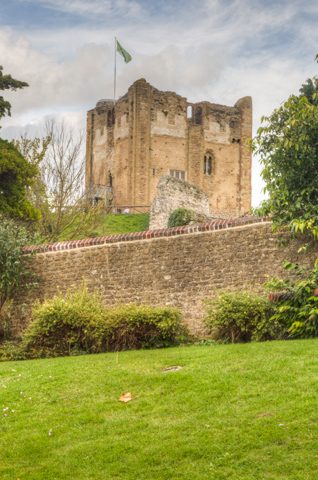
After the Battle of Hastings in 1066 William led his army to Canterbury and then sacked towns along the Pilgrim's Way, including Guildford. Later William, or one of his barons, built Guildford Castle. Construction probably started after 1086.


The castle was mainly used as a royal residence, but it was also a fortress and did play a part in warfare and although the Castle was never attacked it was strengthened at various points in its history.
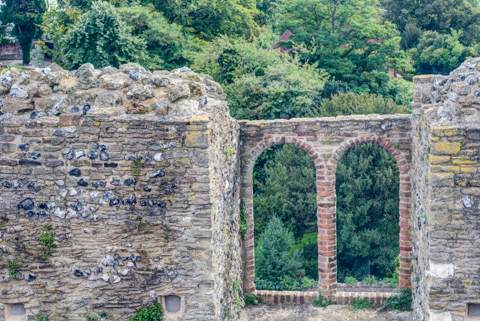
The keep is thought to have been heightened during the civil war which took place during Stephen's reign (1135-1154) and during the rebellion of Henry II's sons (the revolt of 1173-1174) the castle was strengthened.

